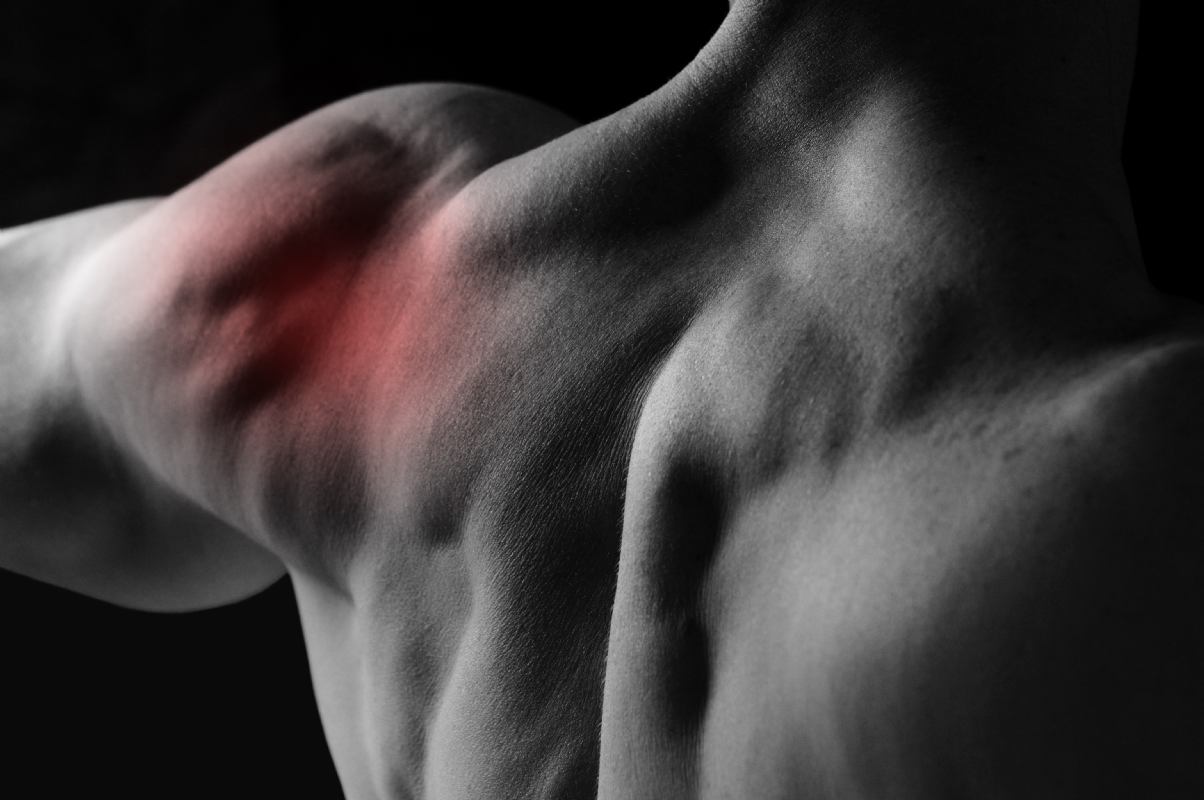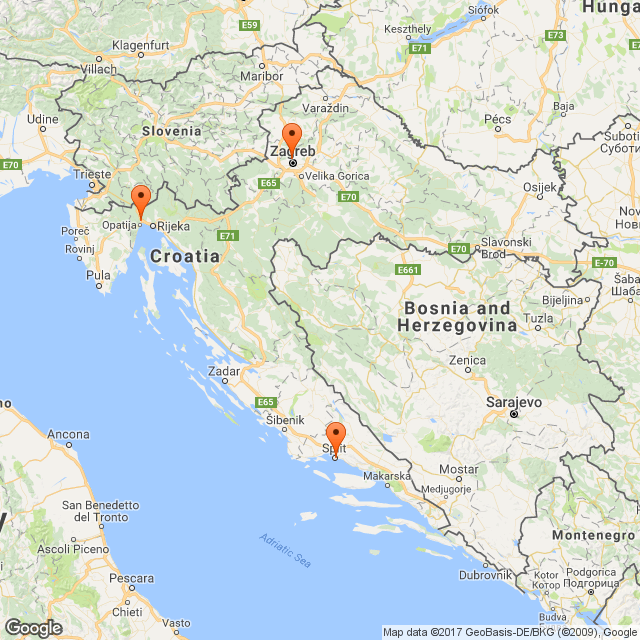Endoprosthesis

Endoprosthesis
In an advanced stage of osteoarthritis, in elderly patients with complex fractures of the shoulder area caused by arthropathy or osteonecrosis, an endoprosthesis is considered to be implanted. There are partial, total and reverse shoulder endoprostheses.
The aim is to restore a painless shoulder function.
Rehabilitation starts on the day of surgery with passive movements of the shoulder. Stretching exercises include elevation, external rotation up to 40 degrees (in specific cases to a lesser degree), internal rotation, abduction over the body, strengthening the grip; elbow stretching exercises, isometric exercises of external rotators and isometric exercises of the front, back and middle part of the deltoid muscles. The patient repeats these exercises several times a day, until discharged from hospital with a recommendation to continue rehabilitation in the centre for physiotherapy. Exercises for strengthening the muscles begin after 6 weeks, as well as exercises in water.
- 2 weeks after the surgery, the patient can drive a vehicle
- Neither heavier physical work nor carrying weight in the operated arm is recommended

